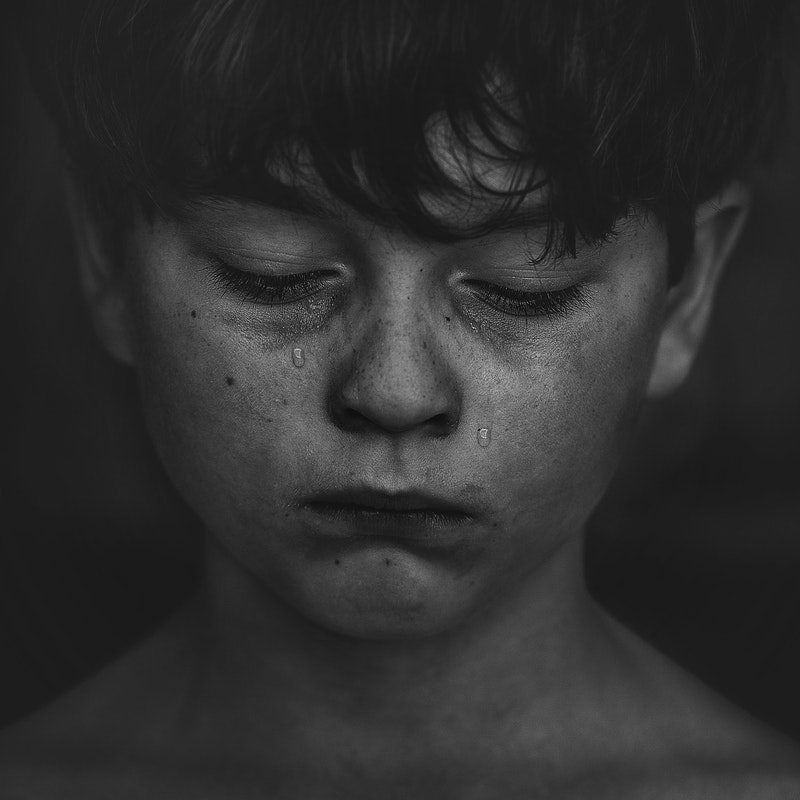A study published in the Journal of Pediatrics from researchers with the University of New Hampshire brings light to a very talked about subject in a very different environment. We are all aware of the unfortunate situation of bullying occurring at school.
Name calling, physical aggression, and children taunting each other are the common methods used by bullies towards their victims in the school setting. Depending on the severity of the bullying that an individual has experienced, it can have lasting impact on their emotional and psychological well-being.
But what about being bullied at home? Is it possible to be bullied by your own sibling? The aforementioned study finds that sibling bullying is real and can be harmful to a child or adolescent’s mental health.
Surely if you have grown up with brothers and sisters, or have children of your own, you are aware that various forms of sibling rivalry can occur. Maybe you argued over who the best athlete is or constantly fought over who would ride in the front seat.
Sibling bullying is different from sibling rivalry in that its main purpose is to hurt the other child. This can occur physically or emotionally. Sibling bullying is different from peer bullying in that siblings have the ability to get at each other quickly.
Parents, listed below are a few warning signs and advice to use if you suspect that sibling bullying is going on in your home. While this is not an exhaustive list, it exists to give parents a starting point to help assess the relationships between their children.
WARNING SIGNS
1. Harsh insults are forms of sibling bullying and can take a blow to a child’s self-esteem. This may be hurtful words such as “you’re fat”, “ugly”, or “stupid”.
Other statements that speak negatively about a child’s future are also sibling bullying: “you’re not good at anything” or “no one likes you.”
2.Physical aggression such as hair pulling, hitting, and scratching between siblings should not be tolerated by parents.
3. Destruction of a child’s favorite toy such as teddy bears or even targeting a specific child’s pet are forms of sibling bullying.
4. When two children gang up on a third and do such things as not allowing them to come inside or blocking their way to the bathroom is sibling bullying.
Depression, anxiety, and anger are a few of the notable mental health issues that can surface in adolescents or even adulthood for victims of sibling bullying. It is imperative that parents are tuned in to the dynamics between each of their children.
Watching your kids closely while they play is a great way to assess how they are getting along. No matter how many children you have, parents are also encouraged to spend one-on-one time with each of their children. This will keep the lines of communication open between you and your child.
I also encourage parents to take the time to speak to them as a group about how they should treat one another. Help each understand that they are lucky to have one another, and that family is for building each other up.
These are seeds that should be constantly sown into each of your children on a consistent basis so that they are raised in a safe, happy, and encouraged environment.
However, if you are noticing increasing aggression and ongoing tension between your children it maybe important to get additional help. Call Life Counseling Solutions today at 407-622-1770 or make an appointment with one of our expert therapist to help create more peace in your home.
 Scott Thigpen has worked with troubled youth to overcome challenges of drugs, cutting, depression, Attention Deficit Hyperactivity Disorder (ADHD), and behavioral challenges at home and at school. In addition, he provides counseling and support to men who are facing obstacles brought upon by addictions such as pornography and sex addiction, anger management, and substance abuse. See Scott’s full bio.
Scott Thigpen has worked with troubled youth to overcome challenges of drugs, cutting, depression, Attention Deficit Hyperactivity Disorder (ADHD), and behavioral challenges at home and at school. In addition, he provides counseling and support to men who are facing obstacles brought upon by addictions such as pornography and sex addiction, anger management, and substance abuse. See Scott’s full bio.







